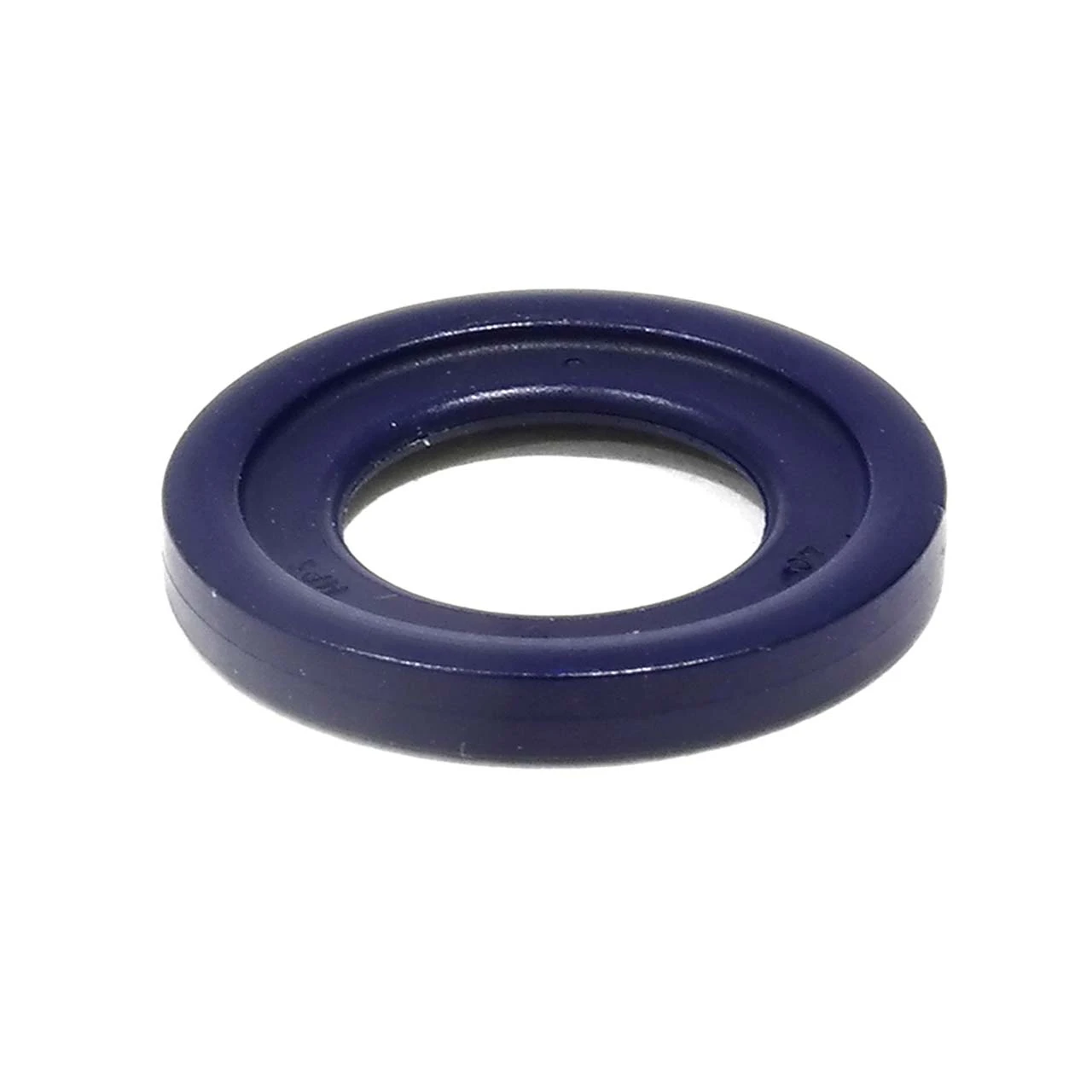transmission lip seal
Understanding Transmission Lip Seals Essential Components for Vehicle Performance
When it comes to maintaining optimal performance in vehicles, every component plays a crucial role, and one often overlooked part is the transmission lip seal. This small yet vital component is responsible for preventing fluid leaks and ensuring smooth operation of the transmission system.
What is a Transmission Lip Seal?
A transmission lip seal is a type of seal installed in the transmission system of vehicles. Its primary function is to create a barrier between the rotating shaft and the transmission housing, preventing transmission fluid from leaking out. Made from durable materials such as rubber or synthetic compounds, lip seals are designed to withstand extreme temperatures, pressure, and chemical exposure, making them critical for the longevity and efficiency of the transmission system.
How Does It Work?
The design of a transmission lip seal includes a flexible lip that fits snugly against the surface of the shaft. As the shaft rotates, the lip maintains contact, creating a tight seal that prevents fluid from escaping. This is particularly important because the transmission fluid lubricates the components within the transmission, facilitates smooth shifting, and helps to dissipate heat. If a leak occurs, it can lead to low fluid levels, result in overheating, and ultimately cause transmission failure.
Signs of a Failing Transmission Lip Seal
transmission lip seal

Drivers may not often think about transmission lip seals, but when they start to fail, the signs can be clear. Common indicators include
1. Fluid Leaks Spots of transmission fluid under the vehicle are one of the first signs that a lip seal may be compromised. 2. Warning Lights Many modern vehicles have dashboard indicators for fluid pressure or transmission issues that can signal a failing seal. 3. Slipping Gears If the transmission fluid is low due to a leak, it may cause the transmission to slip or hesitate when shifting gears. 4. Unusual Noises Grinding or whining noises during operation might indicate that the transmission is not properly lubricated due to fluid loss.
Maintenance and Replacement
Regular maintenance of the transmission system can help prolong the life of the lip seal. Routine checks of fluid levels, along with monitoring for leaks, can prevent potential issues from escalating. If a transmission lip seal is found to be faulty, timely replacement is essential to avoid costly repairs. Mechanics typically recommend using high-quality replacement seals, as cheaper alternatives may fail prematurely and lead to more significant problems.
Conclusion
In summary, the transmission lip seal, though small, plays an essential role in maintaining the integrity of a vehicle's transmission system. Recognizing the signs of a failing seal and addressing issues promptly can help ensure a vehicle operates smoothly and efficiently. By understanding and caring for these vital components, drivers can enhance their vehicle's performance and reliability. Remember, prevention and timely maintenance are key to avoiding expensive repairs down the line.
-
The Ultimate Guide to Car Repair Kits: Tools and Essentials Every Driver Should Own
News Aug.01,2025
-
The Complete Guide to Oil Pan Gaskets: Sealing Engine Leaks the Right Way
News Aug.01,2025
-
Preventing Oil Leaks: A Complete Guide to Oil Pan Gaskets and Drain Seals
News Aug.01,2025
-
Everything You Need to Know About Oil Pan Gaskets and Drain Plug Seals
News Aug.01,2025
-
Essential for Car Owners: How to Use a Car Repair Kit to Deal with Minor Breakdown
News Aug.01,2025
-
Comprehensive Guide to Engine Oil Sump Gaskets and Related Seals
News Aug.01,2025
-
The Ultimate Guide to Boat Propeller Bearings and Trailer Wheel Bearings
News Jul.31,2025
Products categories















